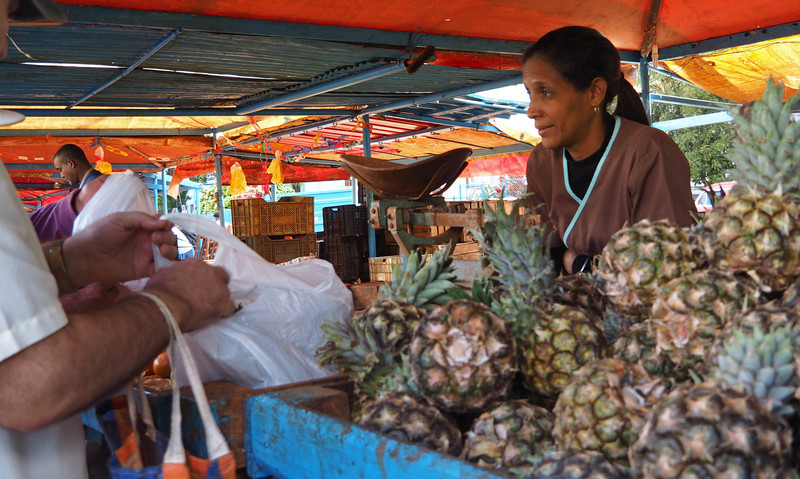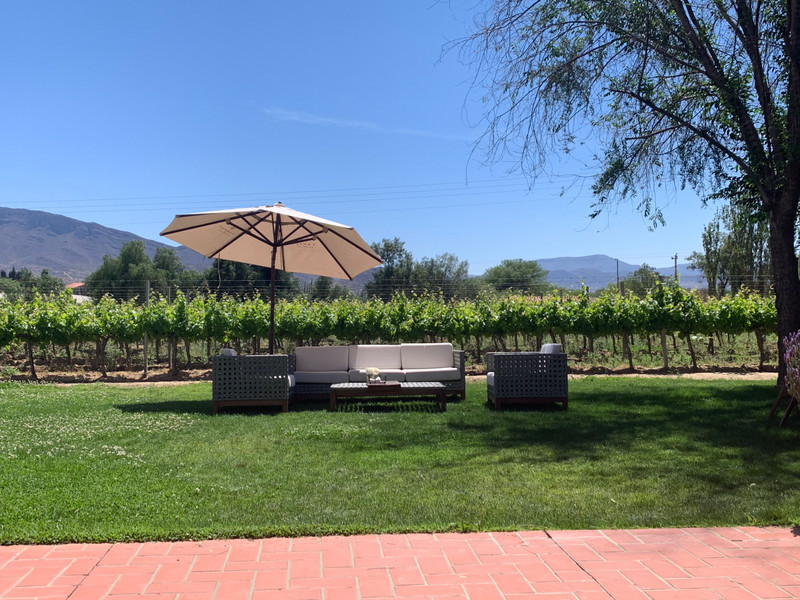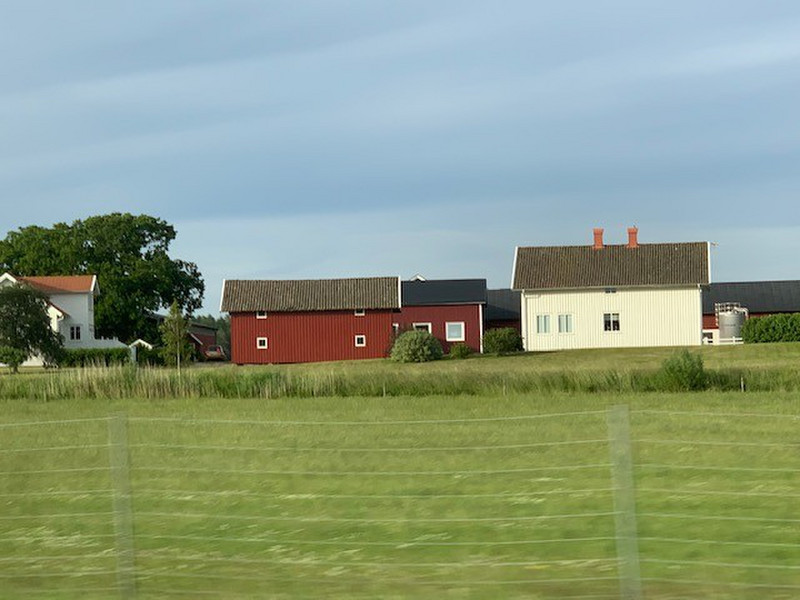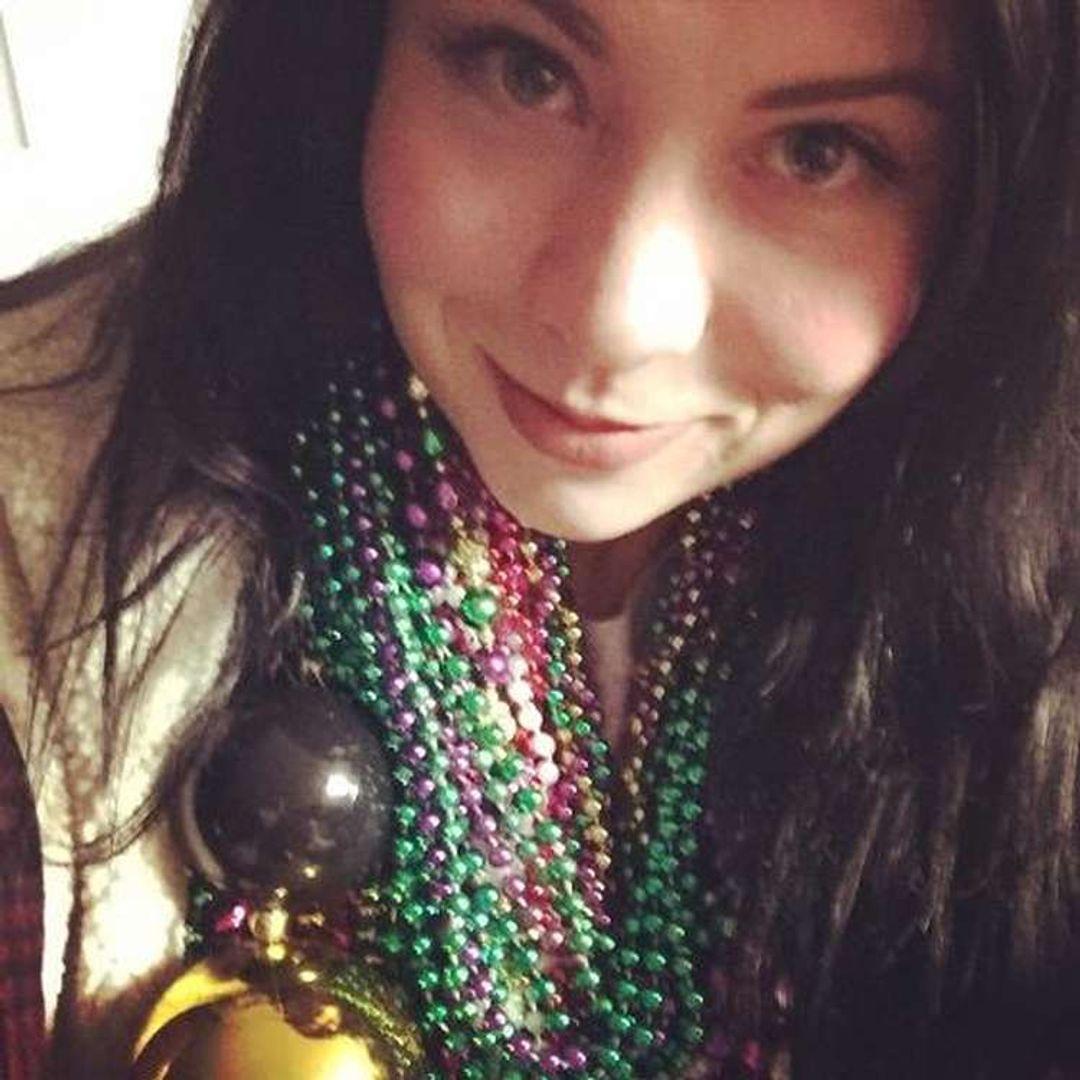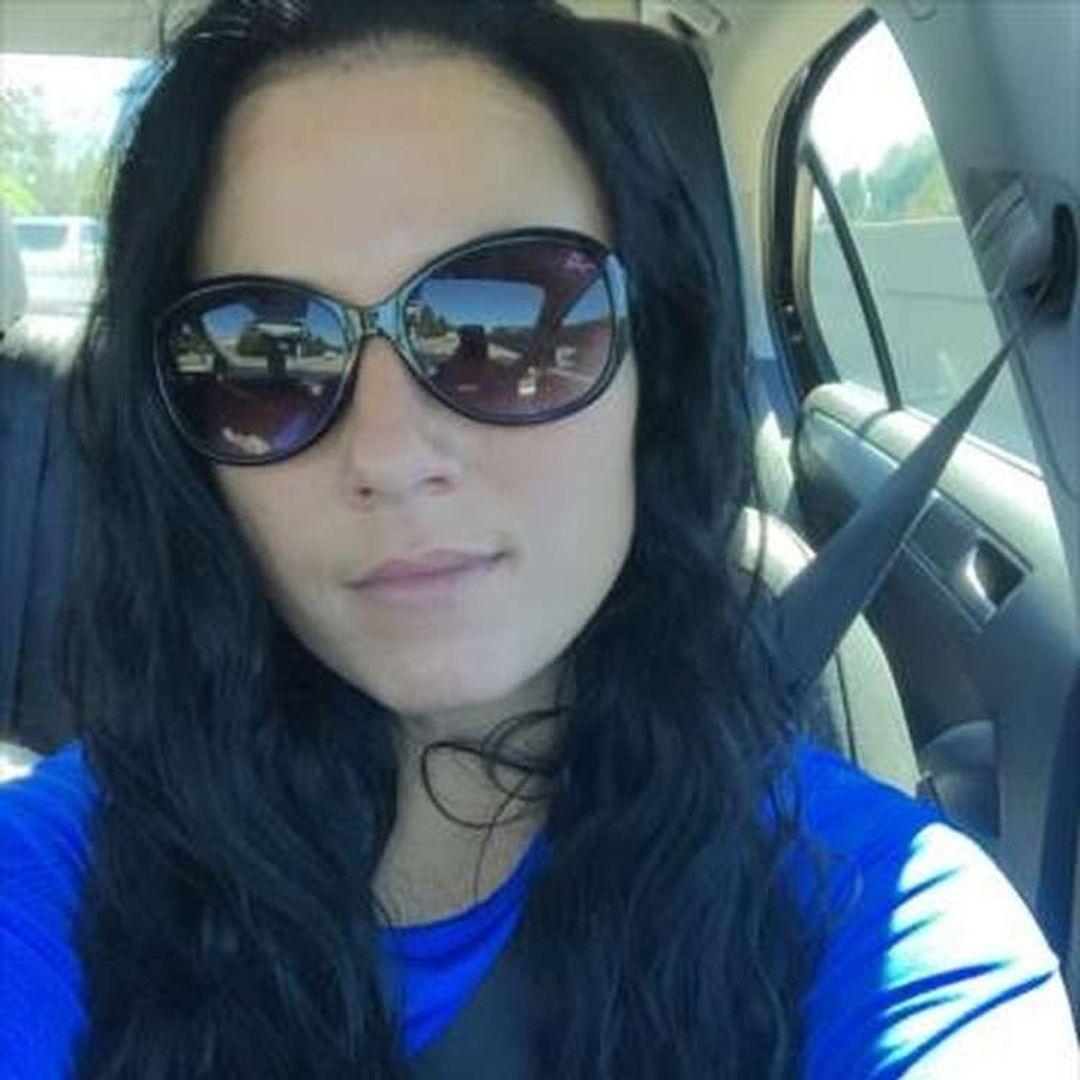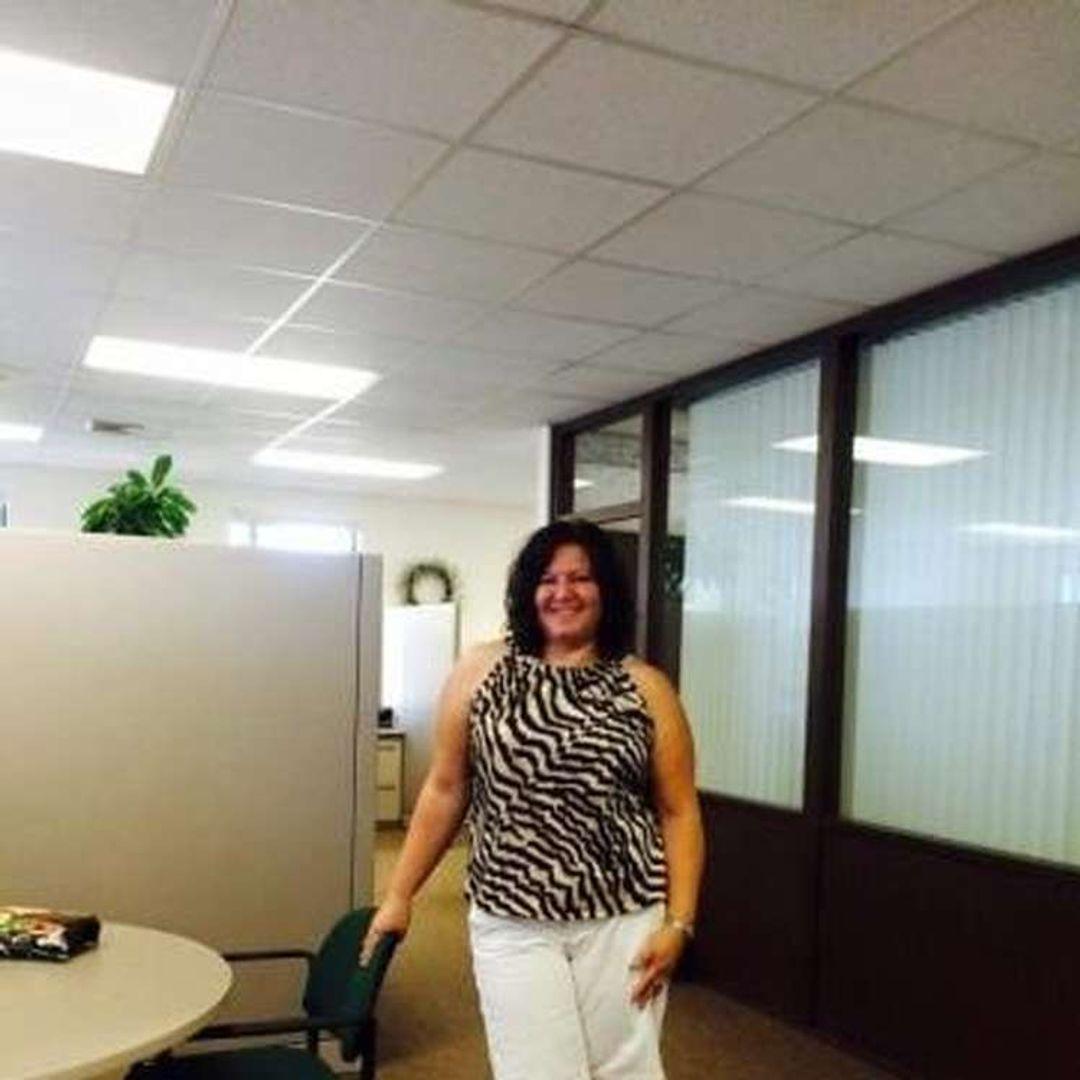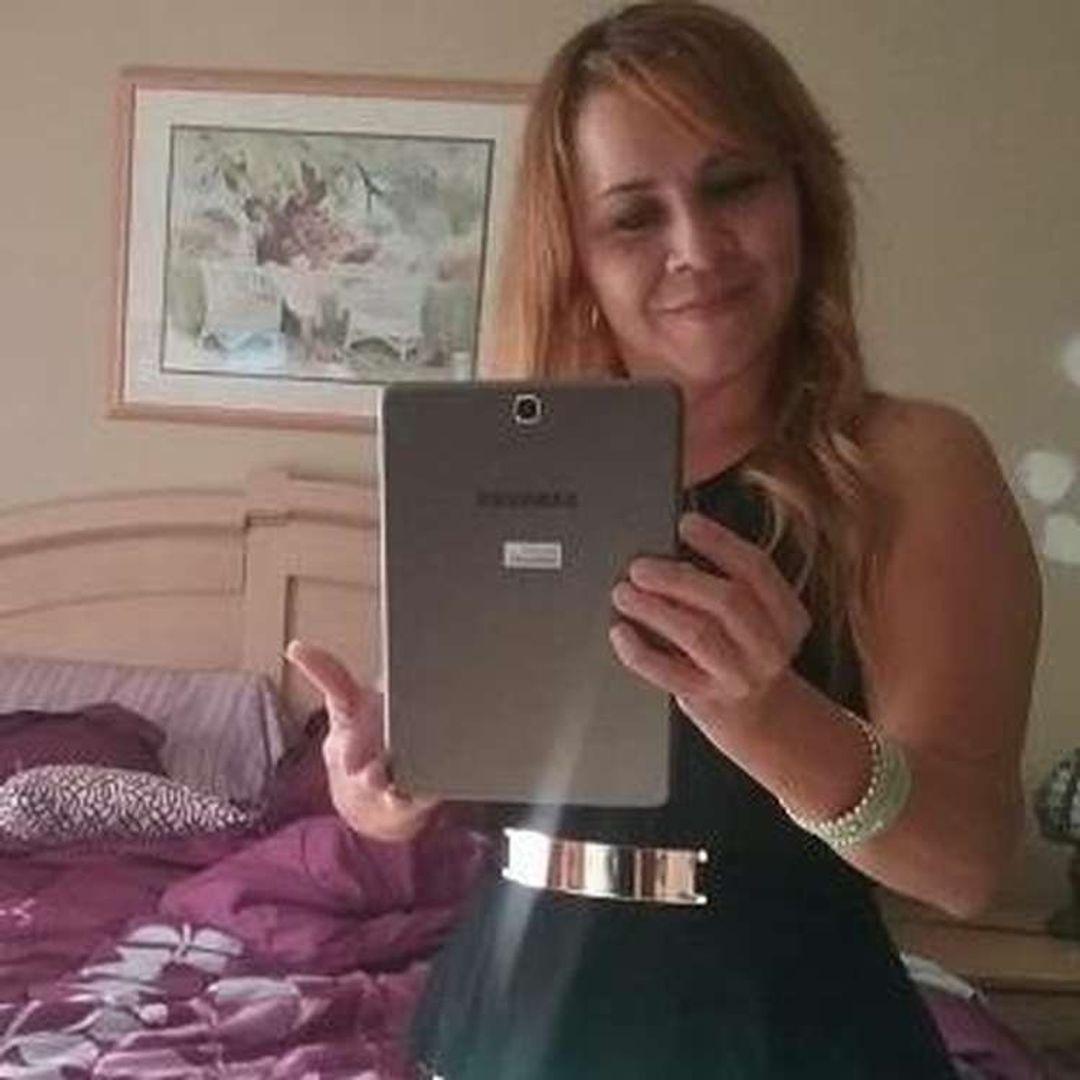In our big (for 7 people) bus, we began our tour with a visit to a nearby fruit and vegetable market. Suppliers were still hauling in bananas, papayas, tomatoes, green peppers, pineapples and more. Bustling shoppers moved quickly through the crowded aisles, making their purchases with practiced efficiency. For a few items, short slowed the pace, especially for the vendor selling plastic shopping bags, which will be in smaller markets.
We climbed back into the bus for a tour of major buildings in Havana. The Capitol, seat of government, was modelled on the US with a gigantic dome, which was in turn inspired by the Panthon in France. The Cuban Capitol dates from the 1920s, when US influence was paramount. Also surprising was a beautifully symmetrical Russian Orthodox church, another obvious influence in Cuba.
Because European tourism and trade is holding steady (as opposed to the renewed US embargo), buildings are being built or being restored in a society that is surviving OK. The embargo on cruise ships has significantly hurt the economy of small traders and shops, although (as a tourist) it is more relaxing not to have 4000 other visitors descend into the streets
Just past the harbour we started our walking tour. This is where Spaniards first occupied Cuba, which they thought was part of the mainland (which mainland?) We looked across to the Castillo del Morro and the Castillo San Salvador de la Punta, both of which were built by Spain to defend against privateers. The British forced them off Cuba for a time. (They traded Florida to get it back.) This evening we will be going to the ceremony of the cannons when, following a blast, the port is closed by dragging a chain across the mouth, a defensive tradition.
As in all cities, the Plaza de Armas marked the original colonial government. In a few places are remnants of the old city walls. Nestled amongst the seventeenth century buildings was a small building, decorated inside by heroic paintings of the founding of the city. Across the plaza was the sixteenth century Castillo de la Real Fuerza, heavy in its stone presence, designed for the Spanish defence of the city. Further around on the square was the Palace of the Captains General, once the residence of the Spanish Governors. Astonishingly, to quieten the
clopping of horses outside, the street in front was paved with blocks of ironwood; it lasted for centuries and was recently restored.
Walking in the narrow, pedestrianized streets of Havana was unexpectedly similar to walking in parts of Europe. A lot of the highly decorated buildings have been restored since the late 1990s, and many are painted in pastel colours. Restaurants and cafs are prolific, and Daniel confirmed that these are patronized mainly by Havana residents, who like to eat out.
The Plaza de la Catedral was less imposing, more friendly to the people strolling around. The cathedral still had its large nativity scene on the steps outside. Inside, the harmonious dcor was neither overly ornate nor exceedingly plain. The stations of the cross were in the style of modern abstract geometry, in colourful tones that looked almost cheerful. One would have to know the stations very well to understand the symbolism.
Along the streets were various shops. A bakery emitted the delicious aroma of buns and cakes – bakeries are very popular in Cuba. We passed a small, factory sewing Guayabera shirts. For a moment we stepped into Ambos Mudos, the hotel where Ernest Hemingway stayed.
We also stepped into a museum of hunting rifles and implements used in the revolution. In Plaza Vieja I admired the ornamentation and glass windows on art nouveau buildings right next to traditional colonial buildings. Tucked into one of the old buildings was a school, where we could see the students in their classes.
As we threaded our way through the streets towards lunch, we encountered some street performers.
